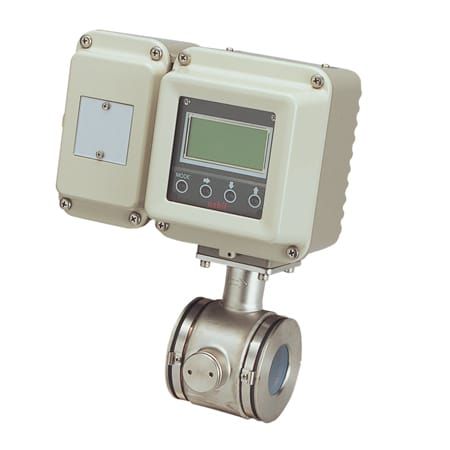QMines to drill test new anomaly at Mt Chalmers copper-gold project
QMines (ASX: QML) is ready to drill test the highest ranked new anomaly at its flagship Mt Chalmers copper-gold project near Rockhampton in Queensland where recent testing of lower ranked targets has already had success.
The VTO4 prospect was rated the top electromagnetic (EM) target after a review of the company’s recently completed regional airborne geophysical survey and ground surveys.
Modelling by consultants Mitre Geophysics and QMines revealed multiple EM anomalies at the VT04 prospect, with one set dipping shallowly from 10-50 metres below surface and another set dipping steeply north and south.
Assessment of the company’s VTEM data has also identified a series of strong, early to late time EM responses with an associated RTP total magnetic intensity (TMI) gradient.
Earlier drilling success
Drilling at VTO4 is following-up a recent discovery with the first hole at the Artillery Road prospect at Mt Chalmers.
Mitre Geophysics’ ranking and the company’s field reconnaissance also identified anomaly targets at VT01, 02 and 03 – the Artillery Road prospect.
The initial hole at Artillery Road intersected 20m of strong pyrite-pyrrhotite skarn with visible chalcopyrite from 113m, with managing director Andrew Sparke stating that the results confirmed a new discovery.
That early success has QMines particularly excited with VT04 rated as an even stronger EM target.
The VT01 – VT03 EM anomalies are located in the north-west quadrant of the tenement package at the Artillery Road prospect, while VT04 is located south towards Rockhampton.
Land access granted
Mr Sparke said QMines is currently finalising the first stage of its drilling operations at the Artillery Road discovery. It will then move quickly to the VT04 prospect, where drilling is expected to commence once rig access tracks and drill site pads have been prepared.
“The company is pleased to have secured access to commence drilling at our highest priority electromagnetic target, VT04,” Mr Sparke said.
“Drilling the first electromagnetic targets at the Artillery Road prospect has proven successful. The VT04 electromagnetic anomalies have a significantly stronger electromagnetic response, so we are excited to get drilling underway.”
Complex anomaly model
Modelling of the VT04 anomaly resulted in a surprisingly complex model comprising five EM plates over four surveys lines. This complexity appears to be due to the source being comprised of two very distinct types of signals.
The modelling shows a strong, steeply dipping conductor below a weaker flat to gently dipping conductor.
The early to mid-time response appears to be caused by a large, gently south dipping zone. It is moderate to weakly conductive with a depth of between 1 – 50 metres below surface.
QMines mapping has found the target area to be covered by geologically recent, valley fill colluvium.
Stream exposures reveal this colluvium to be at least three metres thick.
Mr Sparke said that given the lack of geological control on the EM targets, it is necessary to test these anomalies by drilling.
Well-funded for new program
QMines is well funded for the current program after it raised $3 million through a placement in late August.
The placement was so popular that the total bids received by QMines significantly exceeded the original capital raise target of $2 million.
Notably, the placement was well supported by Mr Sparke who subscribed for a further $100,000 worth of shares.
Capital raised from the placement is being used to fund the company’s acquisition of an initial 51% interest in the Develin Creek Project, exploration at the Mt Chalmers and Develin Creek projects, continuation of the Pre-Feasibility Study and for general working capital.
Source: https://smallcaps.com.au/qmines-drill-test-new-anomaly-mt-chalmers-copper-gold-project/


